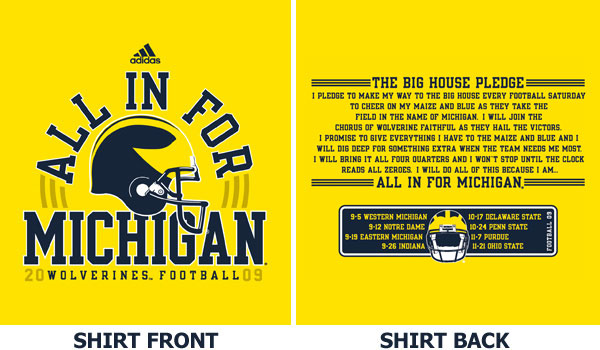College commissioners chime in on a new era of college sports:
Sankey: “Significant milestone”
Yormark: “Prioritizes fairness and opportunity”
Petitti: “Designed to bring stability, integrity and
competitive balance”
Phillips: “A more sustainable model”
Gould: “new day” and… pic.twitter.com/xQbVFRIUVb— Pete Thamel (@PeteThamel) June 7, 2025
NIL
House v NCAA settlement explained
College sports fans, the future is now. A federal judge has approved the House v. NCAA settlement on revenue sharing, clearing the way for it to take effect on July 1. From that day on, Division I schools will be allowed to directly pay their student-athletes, so long as they stay under a predetermined annual […]
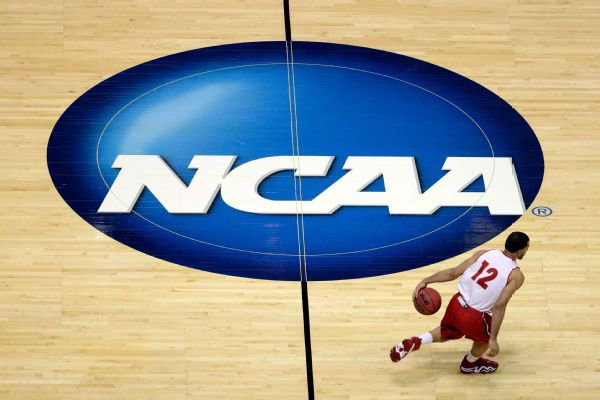
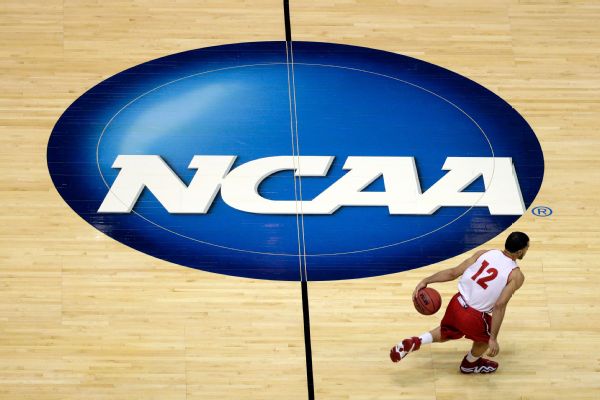
College sports fans, the future is now.
A federal judge has approved the House v. NCAA settlement on revenue sharing, clearing the way for it to take effect on July 1.
From that day on, Division I schools will be allowed to directly pay their student-athletes, so long as they stay under a predetermined annual cap.
NIL, or name, image and likeness, deals, including from booster-funded collectives, will remain available to college athletes, but most deals will now be reviewed by a clearinghouse aimed at making the NIL market more organized and fair.
The now-approved settlement will also bring with it new scholarship rules and roster limits, and it will resolve multiple antitrust lawsuits with a $2.8 billion payout to athletes who couldn’t access NIL funds in the past due to the timing of their college careers.
Lingering legal issues
Although the ruling will change college sports as you know it, it actually won’t create much work for school leaders in the short term.
Most programs are already prepared for a post-settlement world since Judge Claudia Wilken granted preliminary approval of the plan in October.
Over the past few months, coaches have been meeting with athletes about the changes and school administrators have prepared for revenue sharing, such as by hiking the price of concessions, as the Deseret News previously reported.
Final approval of the settlement does open the door to new types of lawsuits, including legal battles over the clearinghouse’s assessments of NIL deals.
College sports experts, including Stewart Mandel at The Athletic, anticipate battles over athletes’ “fair market value” and athlete employment rights.
“I remain skeptical that (the settlement) will solve much of anything,” Mandel wrote in early April.
The House v. NCAA settlement is expected to supercharge debates over related antitrust issues, including whether student-athletes are employees.
“Industry leaders have asked Congress to write a new law that would prevent athletes from becoming employees and provide the NCAA with an antitrust exemption to create some caps on player pay and transfers,” per ESPN.
Background of the House settlement
Although many legal battles are yet to be fought, most college sports leaders see the House v. NCAA settlement as an important step forward.
Supporters believe it will help tame the chaos of the current NIL era, which began in 2021, when the Supreme Court ruled that individual athletes, not their schools, should control — and be able to profit off of — athletes’ name, image and likeness rights.
That ruling ultimately made it harder for many programs to hold on to their star players, since it made it possible for booster collectives at other schools to tempt them away with major NIL deals, as the Deseret News previously reported.
While top athletes will still be able to snag huge deals moving forward, the settlement returns some power to schools — and should reduce the influence of collectives.
“NCAA president Charlie Baker and others believe the deal will help schools regain control and tamp down the sky-rocketing, largely unregulated market for paying college players through third parties,” ESPN reported.
In a letter released Friday after the House settlement was approved, Baker wrote that he believes stabilization is on the way for college sports, but knows challenges remain. He called on Congress to take action to ensure that schools can enter the new era on solid ground.
“Opportunities to drive transformative change don’t come often to organizations like ours. It’s important we make the most of this one,” Baker wrote.
NIL
Lack of talent in 2026 class creates unique recruiting and roster-building strategy for college programs
The summer recruiting period has come to an end, and one of the biggest subjects of conversation around grassroots basketball over the last few months has been the collective strength, or lack thereof, in the rising senior class of 2026. To be clear, the 2026 class is not viewed as a collectively strong class. In many […]

The summer recruiting period has come to an end, and one of the biggest subjects of conversation around grassroots basketball over the last few months has been the collective strength, or lack thereof, in the rising senior class of 2026.
To be clear, the 2026 class is not viewed as a collectively strong class. In many ways, it is reminiscent of the national class of 2023, which was headlined by the likes of Ron Holland and Isaiah Collier. The lack of star power atop that class led to a relatively weak 2024 NBA Draft. After observing the 2026 recruiting class for the last few years, its clear that the lack of overwhelming talent could have similar implications on the 2027 draft.
Forward-thinking NBA front offices know the 2027 draft will be weak at the top and have been planning accordingly, even while recognizing that prospects can emerge at various stages, including long after high school. The valuation of draft assets in 2027 are notably lower than say the upcoming 2026 draft, which is viewed as a strong one, or even later ones in 2028 and beyond.
But what about the implications on college basketball?
The worlds of recruiting and roster construction are vastly different now than they were even just three years ago. It’s still true that the very top prospects often arrive on college campuses with one-and-done expectations. That will again be true with the 2026 group of freshmen. The complicating factor now is that the top-ranked prospects are also expecting premium NIL packages. The big question with this class is just how much money college programs can afford to allocate to these potential freshmen who don’t match the level of talent from the last two classes (2024 and 2025). Based on our scouting and evaluation of the 2026 class, the return on the top-ranked freshman just won’t be the same in terms of production and impact on winning.
From my standpoint, this class has some highly talented long-term prospects and some prospects who are very impactful players right now. They don’t have many who check both boxes consistently and reliably right now.
Prospects like Christian Collins, Tahj Ariza, Cameron Williams, and even Tyran Stokes – have tools to intrigue NBA decision makers even if they’re not prepared to drive winning right away as college freshmen. Collins is the glaring example. He’s the No. 4 player in the 2026 class, but there was a game at the Peach Jam where he only scored two points. His ranking is less a reflection of where his game is right now, and more where we believe it can be in the future.
Others like Jason Crowe Jr., Jordan Smith, and Caleb Holt probably can impact winning right away, but still have major questions about how they could ultimately translate to the highest levels in a couple of years. Crowe is a prolific scorer but lacks ideal size, length, and athleticism. Smith and Holt have all those physical tools, along with ideal intangibles, but need to expand their skill sets.
No. 1-ranked Stokes is the only prospect in the 2026 class whose talent matches the top end of the last two classes and who can produce at a similar elite level when he gets going. But Stokes is still inconsistent and isn’t nearly as reliable when it comes to driving winning. Paired with another five-star in Crowe Jr., Stokes and the Oakland Soldiers went 3-2 at the Peach Jam and didn’t even make it out of pool play.
So as the college bluebloods recruit the 2026 class and make financial decisions that impact the entire roster, they have some tough calls to make. College staffs have to weigh the risk and the reward of taking the type of talent who could very possibly underperform relative to their ranking and still get drafted, versus the type who could make an instant impact in college but not have the draft outcome that their ranking normally correlates to.
Ultimately, I’m just not sure you can make a Final Four relying primarily on so-called one-and-done talent in this class. Those players will be costly, eat up too much of the budget, and may not be able to generate the desired immediate return on that investment at the college level. That begs the question – could taking a player ranked outside the top 10 or top 15 who stays two or three years in college be more cost-efficient, productive, and drive winning for more years, be more valuable than spending the money for a one-and-done freshman in the top 10 of the 2026 class?
My expectation is that it just might. So, as counter-intuitive as it may sound, I will not be surprised to see players ranked in the 20s and 30s get more recruitment than players in the top ten. They’ll come at a cheaper price point, still be able to at least contribute right away, and yet be more open-minded to staying for multiple years and growing into bigger roles in time.
By extension, I think we’ll see programs double down on international markets, the transfer portal, and player retention next spring. Remember, the 2026 NBA Draft looks like a very strong one, so getting players to return for another year could be mutually beneficial for both the individual and collective program.
The college recruitment of high school players has changed drastically over the last few seasons, none more so than what we are seeing for the 2026 cycle. Revenue share, NIL, and the transfer portal play an increasingly large role in how teams construct rosters, creating a direct impact on high school recruiting as well. The lack of high-end talent within the top 10, the strategy and approach that colleges use for this cycle, will be more interesting to track.
NIL
USC top recruit Alijjah Arenas needs surgery for knee injury and will be out 6 to 8 months
Associated Press LOS ANGELES (AP) — Alijah Arenas ‘ college basketball career is on hold before the highly touted freshman has played his first game. He was diagnosed with a knee injury that will require surgery and rehab is expected to take at least six to eight months, the school said Wednesday. “Alijah is a […]

Associated Press
LOS ANGELES (AP) — Alijah Arenas ‘ college basketball career is on hold before the highly touted freshman has played his first game.
He was diagnosed with a knee injury that will require surgery and rehab is expected to take at least six to eight months, the school said Wednesday.
“Alijah is a tremendous worker, teammate, competitor, and person,” USC coach Eric Musselman. “He is understandably disappointed that he will not be able to take the court to start the season, but his health is our No. 1 priority. We have no doubt that he will come back even stronger. We look forward to supporting him during this process.”
Arenas, whose father Gilbert played in the NBA, was involved in a car crash that left him in an induced coma in April.
He crashed his Tesla Cybertruck into a tree, smoke filled the front cabin and the doors wouldn’t open. He spent nearly 10 minutes in the burning vehicle before bystanders helped pull him to safety.
Arenas was in the hospital for six days but did not suffer major injuries.
He is a five-star recruit and 2025 McDonald’s All-American. The 2024 John R. Wooden High School Player of the Year is also the top scorer in CIF LA City Section history, accumulating 3,002 points in three years of high school.
___
AP college basketball: https://apnews.com/hub/ap-top-25-college-basketball-poll and https://apnews.com/hub/college-basketball
recommended
NIL
Fixx Nutrition Penetrates Us Market With Exclusive Distribution Deal With The Feed
Australian sports nutrition brand, Fixx Nutrition, has recently entered into an exclusive distribution agreement with the US-based e-commerce platform, The Feed. This partnership marks a significant stride in Fixx Nutrition’s global expansion strategy. Accessing a New Market Under this partnership, Fixx Nutrition will be able to tap into a vast endurance nutrition market. Its range […]

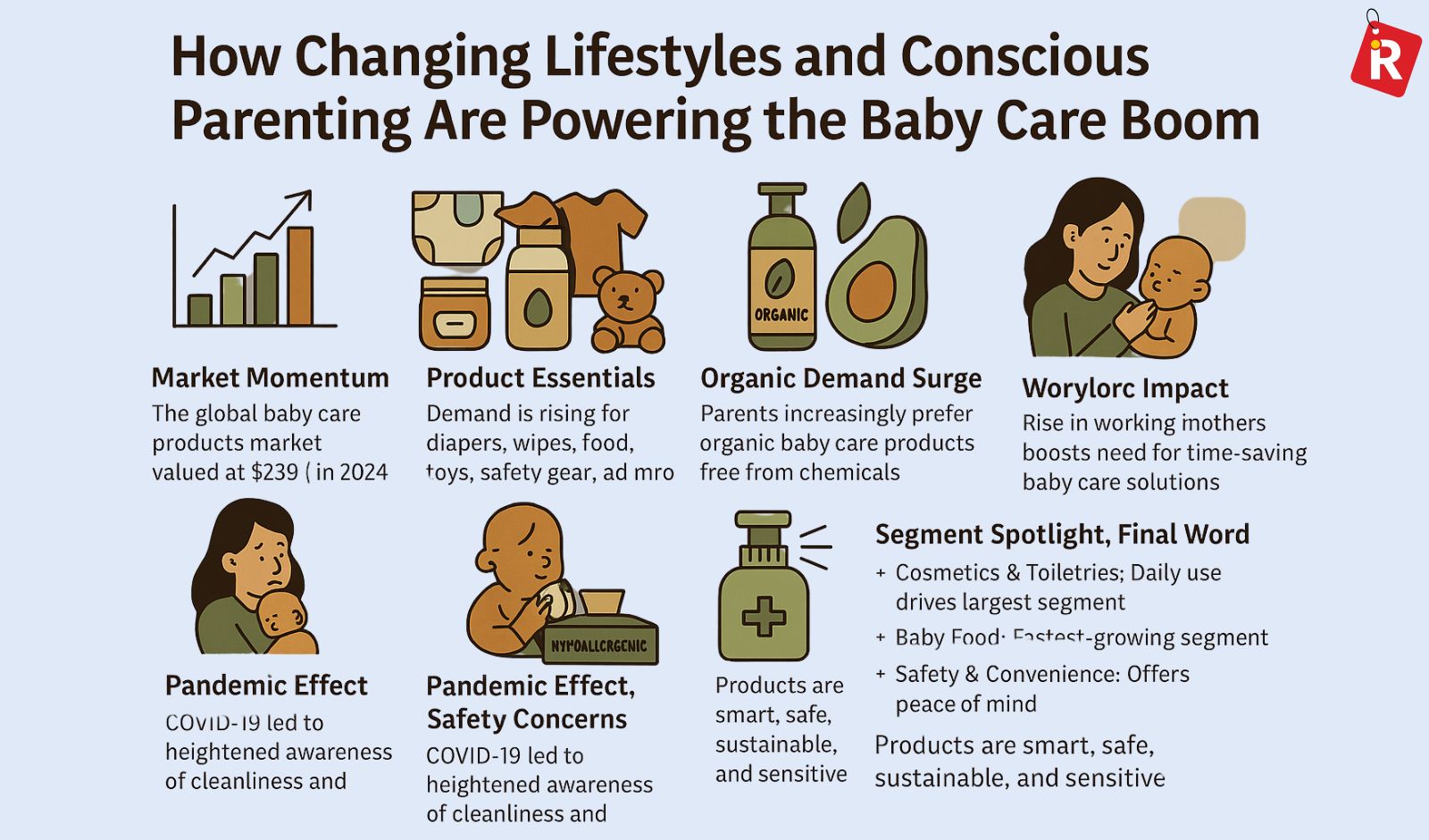

Australian sports nutrition brand, Fixx Nutrition, has recently entered into an exclusive distribution agreement with the US-based e-commerce platform, The Feed. This partnership marks a significant stride in Fixx Nutrition’s global expansion strategy.
Accessing a New Market
Under this partnership, Fixx Nutrition will be able to tap into a vast endurance nutrition market. Its range of all-natural performance products will be made available to a broader audience of American athletes.
Co-founder of Fixx Nutrition, Jan Buchegger, expressed his excitement about the partnership, stating it as one of the most important milestones for the company since its inception. The sole reason being it opens up access to the world’s single largest marketplace for endurance athletes, namely, the United States.
Buchegger also anticipates a surge in Fixx Nutrition’s growth and sales figures due to this agreement. The brand expects to cater to a new wave of demand originating from the US market.
About Fixx Nutrition
Established in 2017 by Jan and Michelle Buchegger, Fixx Nutrition has gained considerable recognition for its standout product, CrampFix. This product offers swift and natural relief from muscle cramps. Fixx Nutrition’s product range is favored by many high-profile teams and athletes worldwide, including the New Zealand and England cricket teams, the Wallabies, the Springboks, and athletes participating in triathlon, cycling, AFL, and running disciplines.
In the previous year, the company extended its Fuel X range by introducing three summer-inspired flavors: Raspberry, Wild Berry, and Orange.
Questions & Answers
What does the partnership between Fixx Nutrition and The Feed entail?
The partnership allows Fixx Nutrition access to The Feed’s extensive US-based market, which is one of the largest endurance nutrition markets globally.
What impact will this partnership have on Fixx Nutrition’s brand growth?
This partnership is anticipated to significantly increase Fixx Nutrition’s growth and sales as it enables the brand to tap into new demand from the US market.
What is Fixx Nutrition’s signature product?
Fixx Nutrition’s flagship product is CrampFix, which offers quick and natural relief from muscle cramps.
NIL
Racer Baseball Honored by ABCA For Team Academic Honor
Murray State baseball is part of the honors given for the 2024-25 American Baseball Coaches Association (ABCA) Team Academic Excellence Award, as announced by the ABCA from their home office in Greensboro, North Carolina. The ABCA Team Academic Excellence Award honors all levels of collegiate and high school baseball. A team that has a GPA 3.0, […]
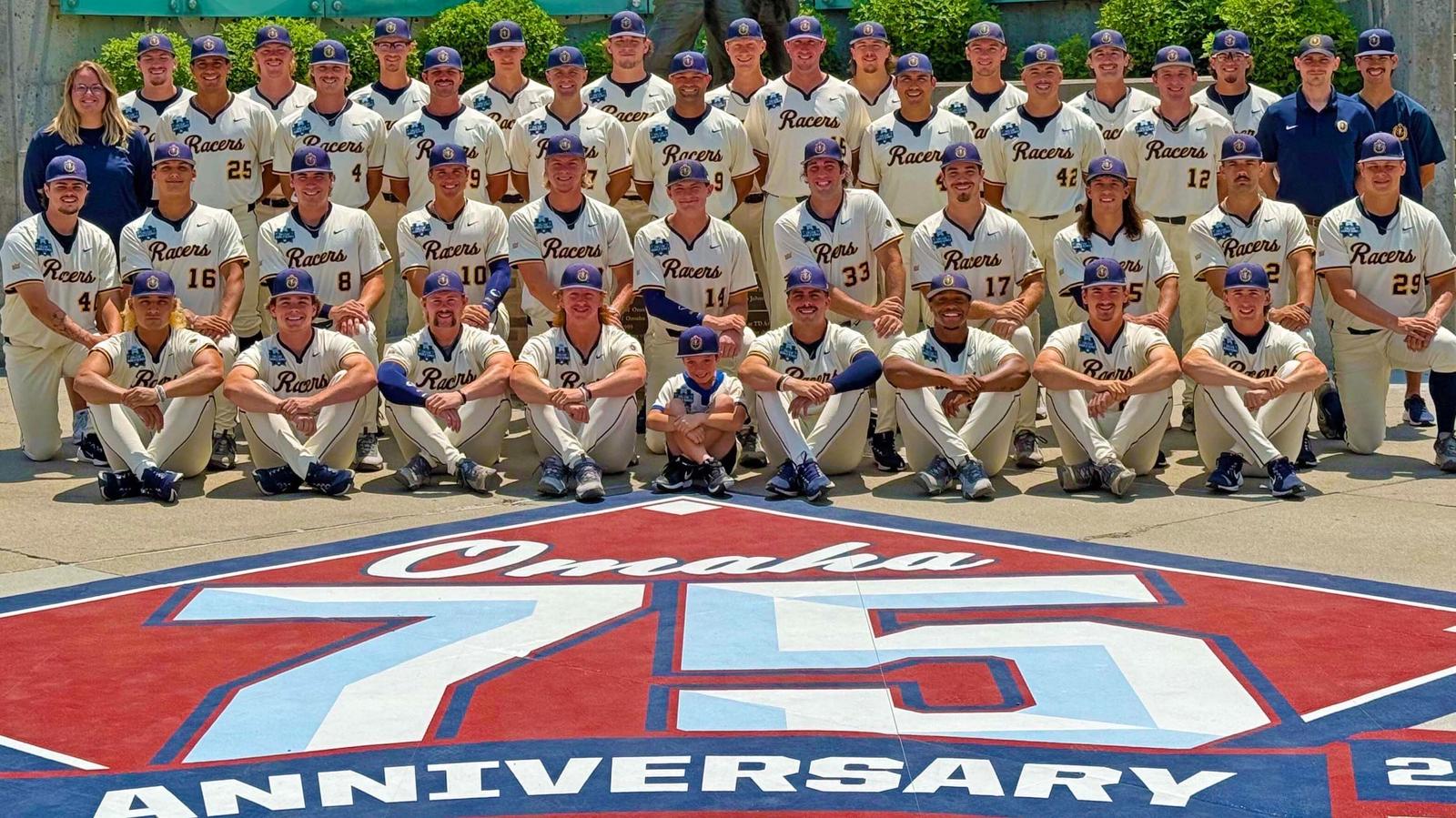
The ABCA Team Academic Excellence Award honors all levels of collegiate and high school baseball. A team that has a GPA 3.0, or higher makes the team.
The Racers achieved at a high level in the classroom as they did on the field in the 2025 season. Under the leadership of Murray State head coach Dan Skirka and his staff, the Racers advanced to the program’s first College World Series appearance in 86 seasons of the program, after winning the Missouri Valley Conference regular season championship, MVC tournament championship and both the Oxford Regional and Durham Super Regional in the NCAA Tournament.
Skirka was named to the Mike Martin Award by the National College Baseball Writers Association (NCBWA) and he was the MVC Coach of the Year. Additionally, he was the ABCA Co-Midwest Coach of the Year.
Founded in 1945, the ABCA has more than 15,000 members represent all 50 states and 41 countries. Since its initial meeting of 27 college baseball coaches in June 1945, Association membership has broadened to include nine divisions: NCAA Division I, II and III, NAIA, NJCAA, Pacific Association Division, High School, Youth and Travel Baseball.
Follow the Racers on Twitter (@MSURacers), Instagram (@RacersAthletics) and Facebook to stay up-to-date on all that is happening with Murray State Athletics. Follow MSU Baseball on Twitter (@MSUBaseball) and on Instagram.
NIL
Coaches wait for key decision to learn whether they can keep NIL promises
LAS VEGAS — Next week, college football coaches can put the recruiting promises they have made to high school seniors on paper. Then the question becomes whether they can keep them. Uncertainty about a key element of the $2.8-billion NCAA antitrust settlement that is reshaping college sports has placed recruiters on a tightrope. They need […]
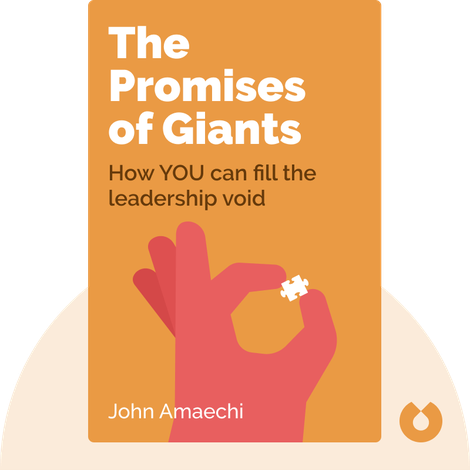

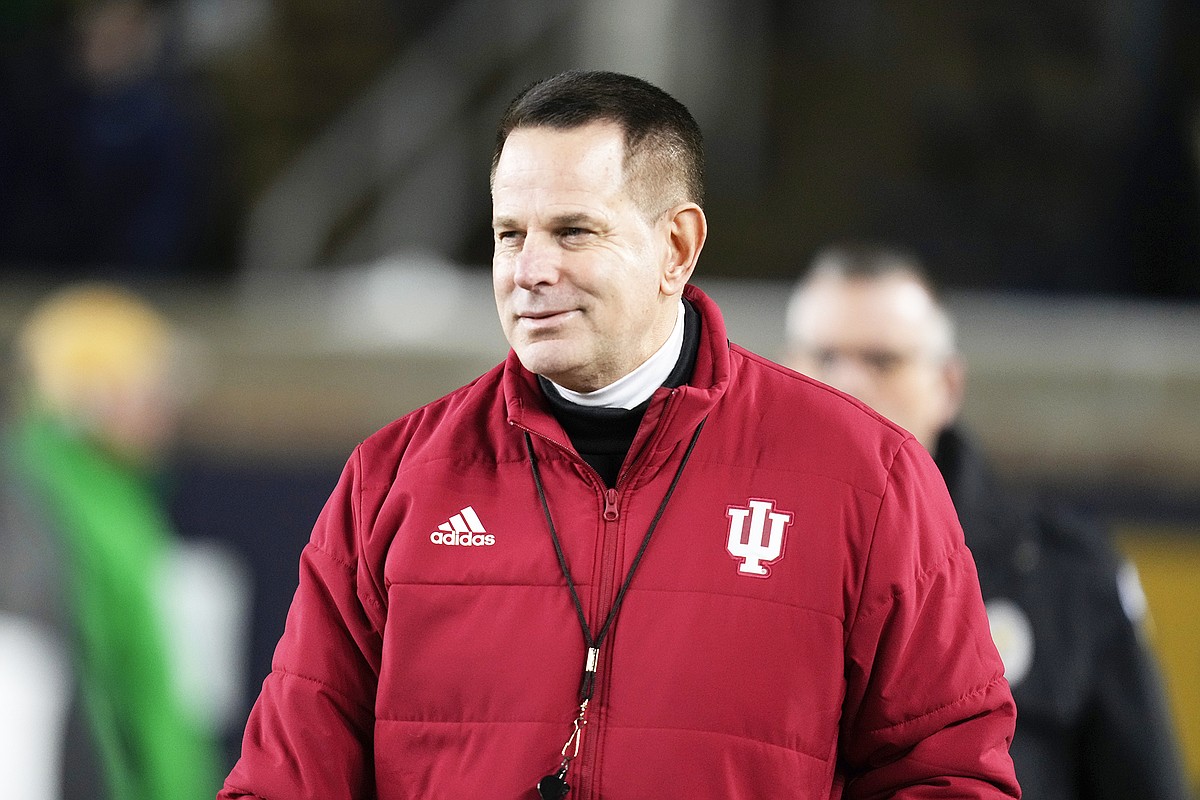
LAS VEGAS — Next week, college football coaches can put the recruiting promises they have made to high school seniors on paper.
Then the question becomes whether they can keep them.
Uncertainty about a key element of the $2.8-billion NCAA antitrust settlement that is reshaping college sports has placed recruiters on a tightrope.
They need clarity about whether the third-party collectives that were closely affiliated with their schools and ruled name, image, likeness payments during the first four years of the NIL era can be used to exceed the $20.5-million annual cap on what each school can now pay players directly. Or, whether those collectives will simply become a cog in the new system.
Only until that issue is resolved will many coaches know if the offers they’ve made, and that can become official Aug. 1, will conform to the new rules governing college sports.
“You don’t want to put agreements on the table about things that we might have to claw back,” Ohio State coach Ryan Day explained at this week’s Big Ten media days. “Because that’s not a great look.”
No coach, of course, is going to fess up to making an offer he can’t back up.
“All we can do is be open and honest about what we do know, and be great communicators from that standpoint,” Oregon’s Dan Lanning said.
Aug. 1 is key because it marks the day football programs can start sending written offers for scholarships to high school prospects starting their senior year.
This process essentially replaces what used to be the signing of a national letter of intent. It symbolizes the changes taking hold in a new era in which players aren’t just signing for a scholarship, but for a paycheck, too.
Paying them is not a straightforward business. Among the gray areas comes from guidance issued earlier this month by the newly formed College Sports Commission in charge of enforcing rules involved with paying players, both through the $20.5-million revenue share with schools and through third-party collectives.
The CSC is in charge of clearing all third-party deals worth $600 or more.
It created uncertainty earlier this month when it announced, in essence, the collectives did not have a “valid business purpose” if their only reason to exist was ultimately to pay players. Lawyers for the players barked back and said that is what a collective was always met to be, and if it sells a product for a profit, it qualifies as legit.
The parties are working on a compromise, but if they don’t reach one they will take this in front of a judge to decide.
With Aug. 1 coming up fast, coaches are eager to lock in commitments they’ve spent months, sometimes years, locking down from high school recruits.
“Recruiting never shuts off, so we do need clarity as soon as we can,” Buckeyes athletic director Ross Bjork said. “The sooner we can have clarity, the better. I think the term ‘collective’ has obviously taken on a life of its own. But it’s really not what it’s called, it’s what they do.”
In anticipating the future, some schools have disbanded their collectives while others, such as Ohio State, have brought them in-house. It is all a bit of a gamble. If the agreement that comes out of these negotiations doesn’t restrict collectives, they could be viewed as an easy way to get around the salary cap. Either way, schools eyeing ways for players to earn money outside the cap amid reports big programs have football rosters worth more than $30 million in terms of overall player payments.
“It’s a lot to catch up, and there’s a lot for coaches and administrators to deal with,” Big Ten commissioner Tony Petitti said, noting the terms only went into play on July 1. “But I don’t think it’s unusual when you have something this different that there’s going to be some bumps in the road to get to the right place. I think everybody is committed to get there.”
Indiana coach Curt Cignetti, whose program tapped into the transfer portal and NIL to make the most remarkable turnaround in college football last season, acknowledged “the landscape is still changing, changing as we speak today.”
“You’ve got to be light on your feet and nimble,” he said. “At some point, hopefully down the road, this thing will settle down and we’ll have clear rules and regulations on how we operate.”
At stake at Oregon is what is widely regarded as a top-10 recruiting class for a team that finished first in the Big Ten and made the College Football Playoff last year along with three other teams from the league.
“It’s an interpretation that has to be figured out, and anytime there’s a new rule, it’s how does that rule adjust, how does it adapt, how does it change what we have to do here,” Lanning said. “But one thing we’ve been able to do here is — what we say we’ll do, we do.”
-

 College Sports2 weeks ago
College Sports2 weeks agoWhy a rising mid-major power with an NCAA Tournament team opted out of revenue-sharing — and advertised it
-

 Motorsports3 weeks ago
Motorsports3 weeks agoTeam Penske names new leadership
-

 Sports2 weeks ago
Sports2 weeks agoNew 'Bosch' spin
-

 Fashion1 week ago
Fashion1 week agoEA Sports College Football 26 review – They got us in the first half, not gonna lie
-

 Sports1 week ago
Sports1 week agoVolleyball Releases 2025 Schedule – Niagara University Athletics
-

 College Sports3 weeks ago
College Sports3 weeks agoMSU Hockey News – The Only Colors
-

 Sports2 weeks ago
Sports2 weeks agoE.l.f Cosmetics Builds Sports Marketing Game Plan Toward Bigger Goals
-

 Health1 week ago
Health1 week agoCAREGD Trademark Hits the Streets for Mental Health Month
-

 College Sports2 weeks ago
College Sports2 weeks agoBuford DB Tyriq Green Commits to Georgia
-

 Youtube2 weeks ago
Youtube2 weeks agoWill LeBron James request a trade? 🤔 Windy says MULTIPLE TEAMS would make offers 👀 | NBA Today



